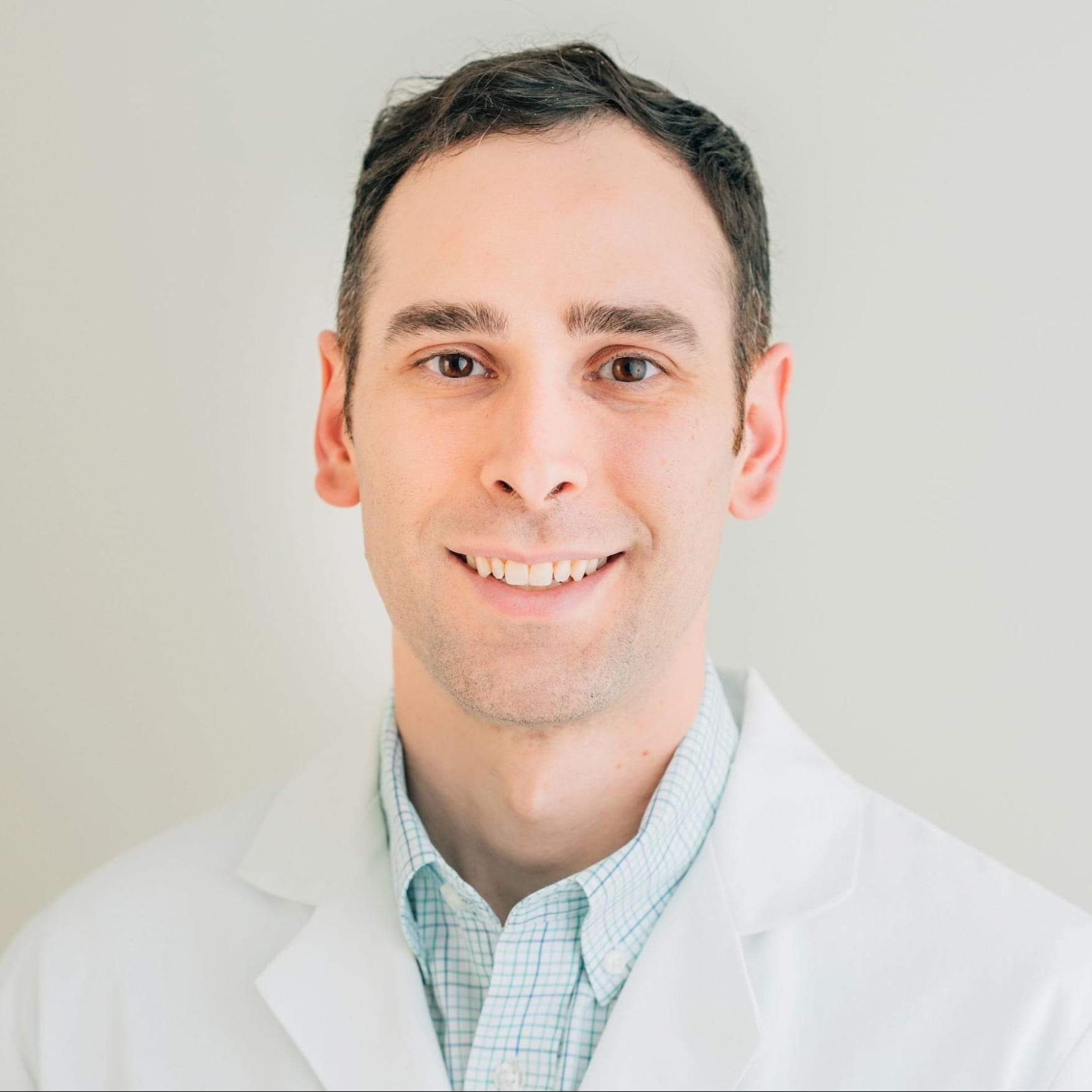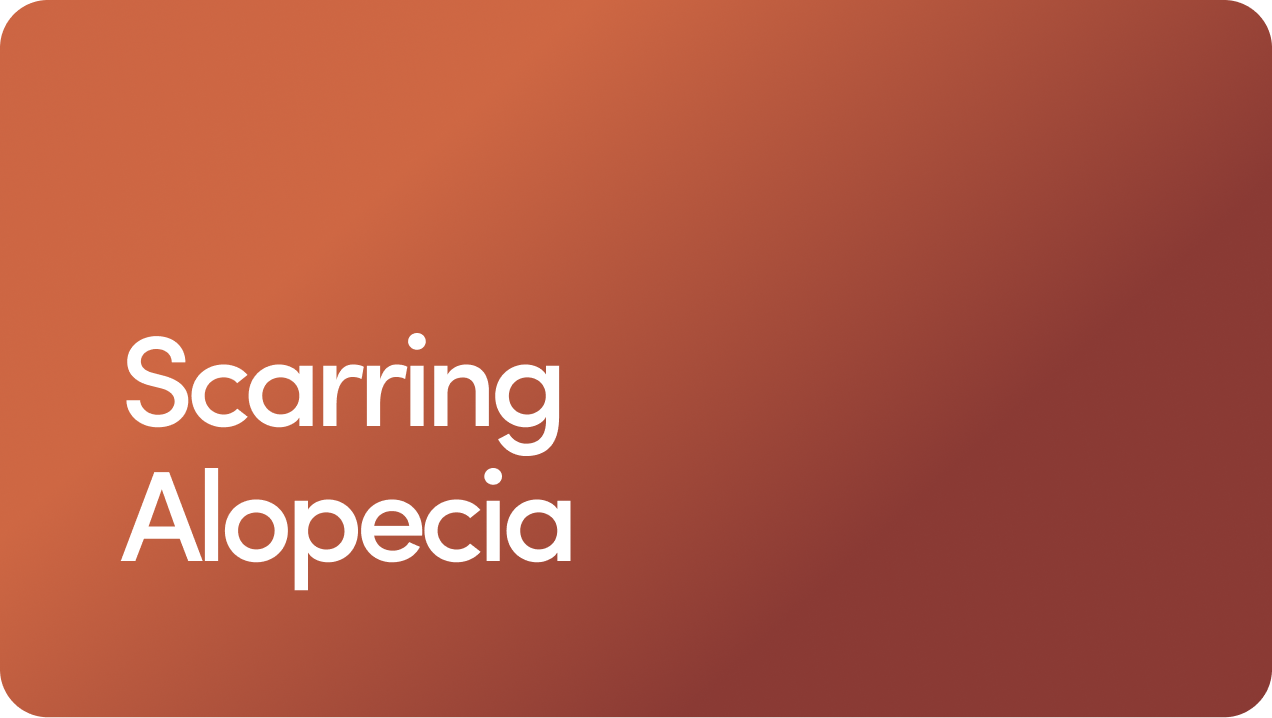Content
FDA approved for more than 25 years
Olive Oil for Hair Growth: Benefits and Research

Curious about olive oil for hair growth? Wondering if that extra virgin olive oil in your cupboard might be an effective hair loss solution?
While some folks swear by hair oils for overall hair health and to tackle scalp issues, the evidence supporting olive oil as a go-to for hair loss is pretty thin.
But don’t count this plant-based ingredient out just yet. The fatty acid-rich acid has its perks. Incorporating it into your diet and using hair care products containing olive oil might help improve the look and feel of your hair. So, while it’s not necessarily a miracle cure for hair loss, it’s still a solid addition to your hair care routine.
Below, we dig into the science behind olive oils' good-for-you nutrients and how to use olive oil for optimal results.
Content
Is Olive Oil Good For Your Hair?
There’s no scientific proof that olive oil can help treat any form of hair loss, including androgenic alopecia (AKA male pattern baldness).
But compounds found in olive oil show some promising hair-related benefits. Fatty acids like oleic acid, for instance, may help hair follicles multiply.
Below, we break down the potential benefits of olive oil for hair and go over the science behind each claim.
Olive Oil for Hair Growth and Thickness
Animal research from 2015 found that applying olive oil-derived ingredients to mice helped stimulate hair growth. But what works in mice doesn’t necessarily translate to humans. And currently, there are no human studies showing that olive oil is a hair growth booster.
Olive oil is also packed with antioxidants like vitamin E, vitamin K, and oleic acid that may help reduce oxidative stress in the body. Oxidative stress can lead to a form of temporary hair loss known as telogen effluvium.
And there’s evidence that oleic acid can make it easier for your skin to absorb product, like minoxidil or finasteride, proven hair loss treatments.
The plant-based oil also has antibacterial abilities that may help support scalp health. Maintaining a clean scalp is key to preventing infections that can impact hair growth.
But, there’s no proven link between olive oil and hair growth, according to a 2022 review.
Other Olive Oil Benefits for Hair
Here are a few other reasons to consider olive oil for your hair care routine:
It may help with dandruff and dryness
There’s little research suggesting olive oil can stimulate the hair growth cycle. But that doesn’t mean you should nix it from your hair care arsenal.
Olive oil won’t necessarily treat the root cause of dandruff, which is often due to overgrowth of the yeast Malassezia globosa. But it can help moisturize and hydrate the scalp, temporarily preventing flakes from forming.
And while dandruff doesn’t directly lead to hair loss, scratching an itchy scalp can impact hair growth and even trigger shedding.
Olive oil can help alleviate discomfort, but it’s not a cure-all. And it’s crucial to properly wash out the oily substance after applying it. The residue left behind can contribute to build-up that blocks hair follicles, hindering the hair growth cycle.
It may help limit frizz and prevent damaged hair
You often see olive oil in hair care products for a good reason. It can help tame frizz by nourishing your hair and scalp, guarding against damage that causes split ends and breakage.
The more breakage and damage you have, the more likely you are to experience shedding.
It can help boost shine
Olive oil is an excellent moisturizer that boosts hair’s elasticity and shine, giving it a healthier look.
Just make sure to rinse thoroughly after using olive oil as a hair mask, or you'll end up with greasy instead of shiny hair.
When it comes to using olive oil to support healthy hair growth, you’ve got a few options. We cover them below.
Choose Products Featuring Olive Oil
Many hair care products contain olive oil as an active ingredient, including:
Shampoos
Conditioners
Hair sprays
Hair serums
Hair masks
Use a Hair Mask
While store-bought olive oil hair masks will do the trick, it’s also super easy to go the DIY route with the olive oil in your cupboard. Here’s how to apply it as a mask:
Start with a small amount and add more if needed to cover your hair
Warm it between your hands and apply directly to your scalp and hair
Massage it into your scalp, focusing on your roots
Pop on a shower cap to prevent the oil from getting everywhere while you wait for it to absorb
Wait about 15 minutes or so
Shampoo once or twice to thoroughly remove any residue
Combine It With Egg Yolk
Another popular DIY hair mask recipe combines olive oil and egg yolk. Some research suggests a peptide in egg yolk might encourage hair growth, but studies haven’t looked at the benefits of applying yolk topically.
Other Ways to Boost Hair Health
While olive oil has its pros, there are a variety of other hair oils out there that can work wonders for your mane:
Coconut oil
PRO TIP: Don’t forget your hair type. Naturally, thick, curly hair might be better suited to heavy oil treatments like olive oil hair masks.
And if hair oils aren’t quite your thing or you’re looking for something a little more potent to treat visible hair loss, consider minoxidil and finasteride. Two FDA-approved hair loss medications clinically proven to help with hair shedding.
While there’s no definitive proof that olive oil treats hair loss, incorporating it into a Mediterranean diet may promote healthy hair growth.
Ultimately, what works best for your hair depends on your individual goals and hair type.
Let’s recap what we know about olive oil for hair growth:
There’s no evidence olive oil can help with hair loss. You’re better off opting for FDA-approved treatments like minoxidil and finasteride to treat male pattern baldness.
Olive oil might improve your hair’s appearance. The moisture-rich ingredient can help protect hair from breakage, resulting in shinier, smoother locks.
A heavy hair mask made with olive might not work for all hair types. If you have thin, oily hair, olive oil might not be the best hair oil choice for you.
Worried about recent hair thinning? It’s a good idea to talk with a healthcare professional. They can pinpoint potential underlying causes and give you a rundown of your hair loss treatment options.
Start a consultation with a hair loss expert today!
5 Sources
- Borda LJ, et al. (2015). Seborrheic dermatitis and dandruff: A comprehensive review. https://www.ncbi.nlm.nih.gov/pmc/articles/PMC4852869/
- Guo EL, et al. (2017). Diet and hair loss: Effects of nutrient deficiency and supplement use. https://www.ncbi.nlm.nih.gov/pmc/articles/PMC5315033/
- Mysore V, et al. (2022). Hair oils: Indigenous knowledge revisited. https://www.ncbi.nlm.nih.gov/pmc/articles/PMC9231528/
- Omar SH. (2010). Oleuropein in olive and its pharmacological effects. https://www.ncbi.nlm.nih.gov/pmc/articles/PMC3002804/
- Tong T, et al. (2015). Topical application of oleuropein induces anagen hair growth in telogen mouse kin. https://journals.plos.org/plosone/article?id=10.1371/journal.pone.0129578
Editorial Standards
Hims & Hers has strict sourcing guidelines to ensure our content is accurate and current. We rely on peer-reviewed studies, academic research institutions, and medical associations. We strive to use primary sources and refrain from using tertiary references. See a mistake? Let us know at [email protected]!
This article is for informational purposes only and does not constitute medical advice. The information contained herein is not a substitute for and should never be relied upon for professional medical advice. Always talk to your doctor about the risks and benefits of any treatment. Learn more about our editorial standards here.
Knox Beasley, MD
Education
Bachelor of Science, Life Sciences. United States Military Academy.
Doctor of Medicine. Tulane University School of Medicine
Training
Dermatology Residency. San Antonio Uniformed Services Health Education Consortium
Certifications
Board Certified. American Board of Dermatology
Medical Licenses
Dr. Beasley is licensed in all 50 states
Affiliations & Memberships
Fellow, American Academy of Dermatology
Specialties & Areas of Focus
Hair Loss, Dermatology
Years of Experience
10 years of clinical practice as a Dermatologist
Previous Work Experience
Medical Director - YouHealth Medical Groups, 2025–
Private practice, 2024–
Chief of Dermatology - , 2015–2019
Publications
Wilson, L. M., Beasley, K. J., Sorrells, T. C., & Johnson, V. V. (2017). Congenital neurocristic cutaneous hamartoma with poliosis: A case report. Journal of cutaneous pathology, 44(11), 974–977.
Banta, J., Beasley, K., Kobayashi, T., & Rohena, L. (2016). Encephalocraniocutaneous lipomatosis (Haberland syndrome): A mild case with bilateral cutaneous and ocular involvement. JAAD case reports, 2(2), 150–152.
Patterson, A. T., Beasley, K. J., & Kobayashi, T. T. (2016). Fibroelastolytic papulosis: histopathologic confirmation of disease spectrum variants in a single case. Journal of cutaneous pathology, 43(2), 142–147.
Beasley, K., Panach, K., & Dominguez, A. R. (2016). Disseminated Candida tropicalis presenting with Ecthyma-Gangrenosum-like Lesions. Dermatology online journal, 22(1), 13030/qt7vg4n68j.
Kimes, K., Beasley, K., & Dalton, S. R. (2015). Eruptive milia and comedones during treatment with dovitinib. Dermatology online journal, 21(9), 13030/qt8kw141mb.
Miladi, A., Thomas, B. C., Beasley, K., & Meyerle, J. (2015). Angioimmunoblastic t-cell lymphoma presenting as purpura fulminans. Cutis, 95(2), 113–115.
Beasley K, Dai JM, Brown P, Lenz B, Hivnor CM. (2013). Ablative Fractional Versus Nonablative Fractional Lasers – Where Are We and How Do We Compare Differing Products?. Curr Dermatol Rep, 2, 135–143.
Siami P, Beasley K, Woolen S, Zahn J. (2012). A retrospective study evaluating the efficacy and tolerability of intra-abdominal once-yearly histrelin acetate subcutaneous implant in patients with advanced prostate cancer. UroToday Int J, June 5(3), art 26.
Siami P, Beasley K. (2012). Dutasteride with As-Needed Tamsulosin in Men at Risk of Benign Prostate Hypertrophy Progression. UroToday Int J, Feb 5(1), art 93. https://www.urotoday.com/volume-5-2012/vol-5-issue-1/48691-dutasteride-with-as-needed-tamsulosin-in-men-at-risk-of-benign-prostatic-hypertrophy-progression.html
Why I Practice Medicine
Dr. Beasley began doing telemedicine while serving in the U.S. Army, providing dermatologic care for soldiers stationed around the world. This experience sparked his passion for telemedicine and inspired his commitment to expanding access to healthcare for patients across the United States.
Hobbies & Interests
In his free time, Dr. Beasley enjoys cooking, reading, and trips to the beach with his wife and two kids (with sunscreen of course).
Related Articles
Related Conditions
 Hair Loss
Hair Loss
 Male Pattern Baldness
Male Pattern Baldness
 Dandruff
Dandruff
 Scarring Alopecia
Scarring Alopecia
 Seborrheic Dermatitis
Seborrheic Dermatitis
